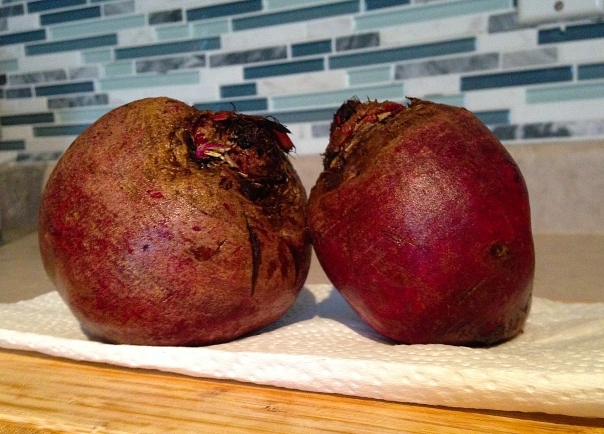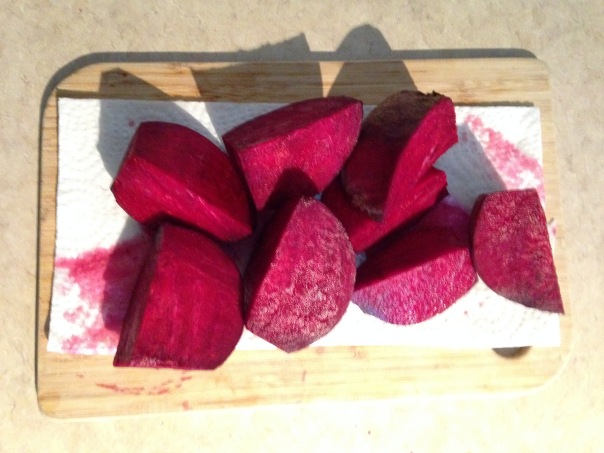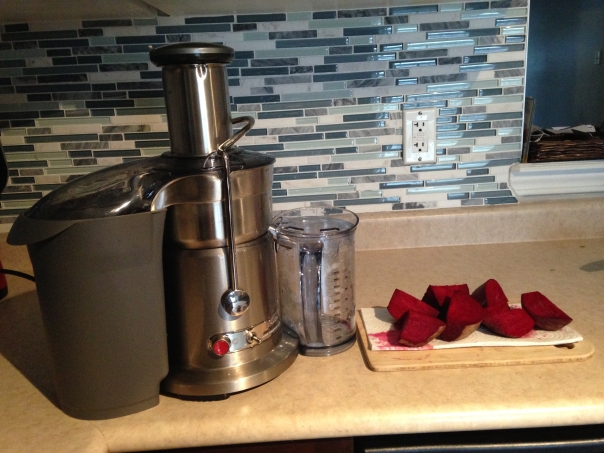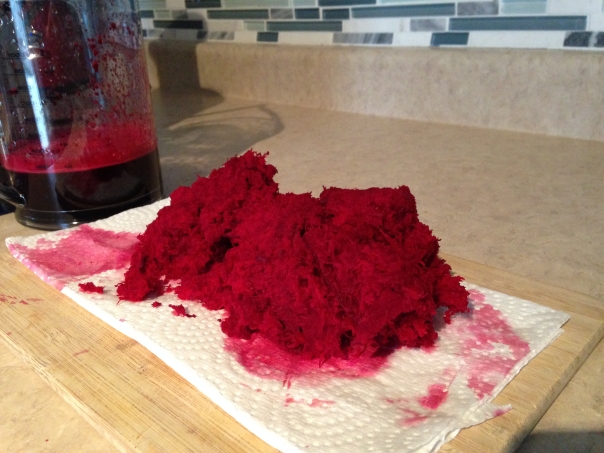Blog Archives
Research: Beet Root Juice Showing Protection Against Cardiovascular Disease

In a recent study out of the UK published in the American Journal of Clinical Nutrition on patients with high cholesterol, beet root juice was found to significantly improve vascular function. The study was a randomized, double-blinded, and placebo-controlled involving over 65 participants drinking 250 mL of beet root juice every day for 6 weeks. Beet root juice is a rich source of dietary nitrate which can be converted to nitric oxide (NO) in the body via bacteria in the mouth and enzymes in the body. NO is known to be protective in cardiovascular disease (CVD) through its action of dilating blood vessels, reducing inflammation, reducing clotting, and reducing cell proliferation. What is most interesting is that it was found in this study to have additional protective effects by improving vascular function, or in other words it was found to significantly reduce the progression of CVD in an at risk group of people by improving the flow of blood through the vascular system. Quite significant improvements were seen from only a month and a half of drinking beet root juice daily. This may be an excellent strategy in the prevention of CVD as it is safe, well-tolerated, and quite effective. You can read more about this study here: http://ajcn.nutrition.org/content/103/1/25.short
Beets are excellent vegetables for juicing. They are relatively inexpensive, shelf stable, and yield quite a lot of juice in comparison to other veggies. They also make quite a beautiful looking juice with a bright magenta colour. Chef’s tip: wear rubber gloves when you are peeling and chopping your beets to prevent the skin on your hands from staining. Also, I like to put a few layers of paper towel on my cutting board to prevent staining there as well (especially if you are using porous, or wooden cutting boards).
If you are new to juicing, it’s good to juice cold vegetables. I find the juice more palatable when it is nice and cold. I also like to mix other fruits and vegetables in a juice to give it some character. Carrots, celery, apples, and cucumber are excellent for juicing as they also have a high juice yield. Another helpful tip is to take the pulp after juicing your veggies and put it through the juicer again to get the most out of the vegetables you’re using. If you want to take a little step further, I like to blend fresh juice with leafy greens such as spinach, parsley, or collard greens in a blender to add even more nutrition. Blend in a couple table spoons of chia seeds and you’ve got a nutrient and fibre-packed super juice ready to combat CVD!

1. Wash beets

2. Cut off tops, and cut into pieces that will fit your juicer

3. Juice

4. Take the pulp, and juice it again

Enjoy!
References:
Velmurugan, S., Gan, J. M., Rathod, K. S., Khambata, R. S., Ghosh, S. M., Hartley, A., … & Kuhnle, G. G. (2016). Dietary nitrate improves vascular function in patients with hypercholesterolemia: a randomized, double-blind, placebo-controlled study. The American journal of clinical nutrition, 103(1), 25-38.
